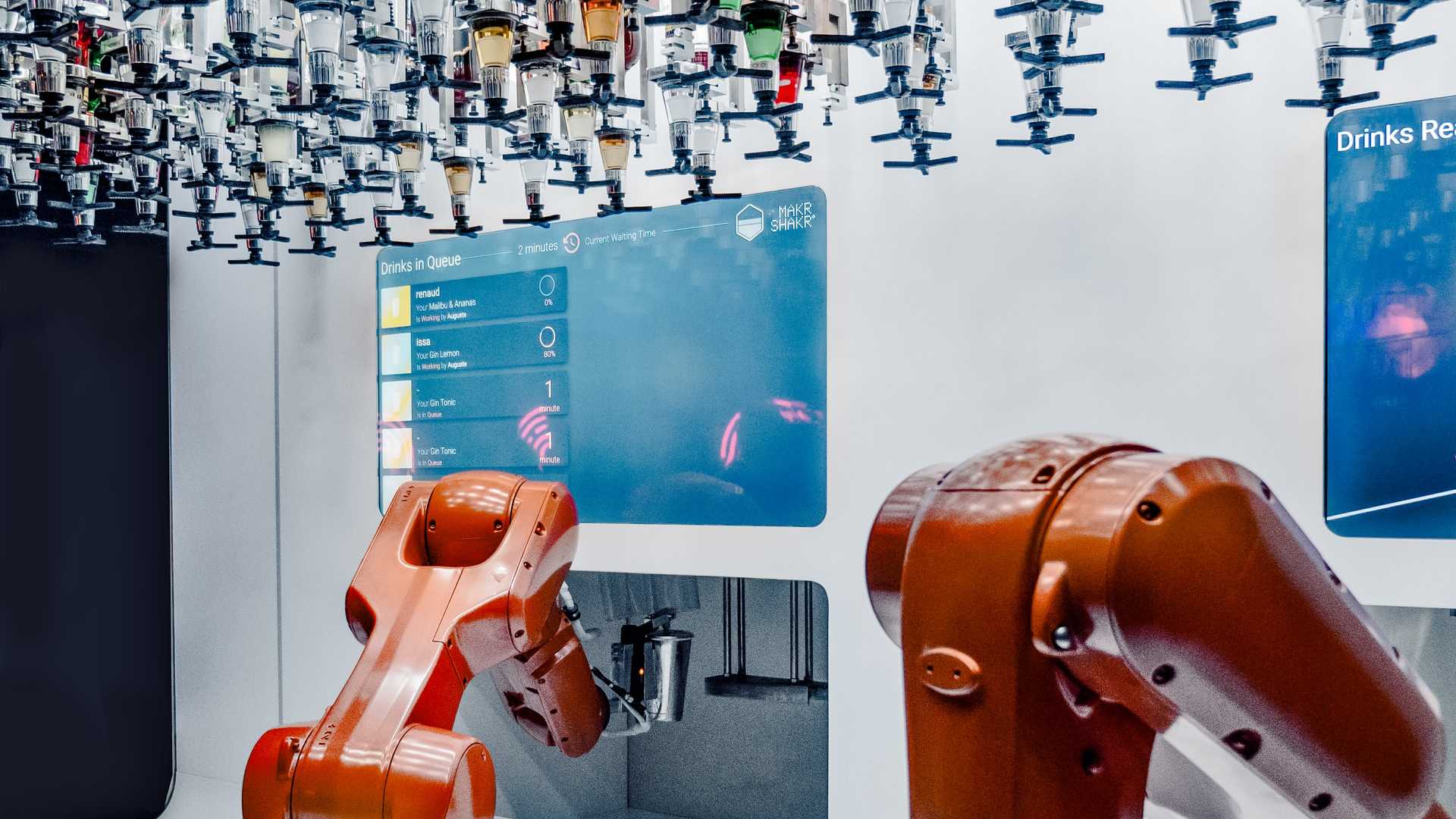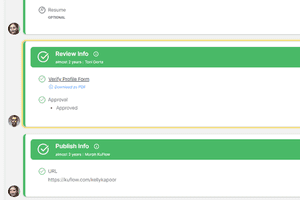What is hyper-automation
Published 15-02-2022 by KuFlow

Credits: David Levêque
What is hyper-automation?
Hyper-automation is a discipline that seeks to identify and automate business processes, through the combination of multiple technologies and tools such as:
- Artificial Intelligence
- Machine Learning
- Software oriented to event management
- Automation through software robots (RPA)
- Process management suites (BPM)
- Specific tools, such as KuFlow
The prestigious consulting firm Gartner has identified hyper-automation as one of the top technology trends of 2022, for the third year in a row.
Companies are currently seeking to develop three fundamental aspects in their business models: growth, digitization and efficiency.
Through process automation, it is possible to achieve cost reductions by simplifying the development efforts required to deliver value to their customers. In this way, it is possible to provide greater results with less effort, providing greater competitiveness against other companies.
In addition, a better connection between systems and users allows a greater simplification of business processes, which saves time while keeping the people involved properly informed. A more transparent organization with less operating effort is a more efficient organization.
Finally, the reduction of repetitive tasks and mechanical labor reduces inconveniences and unexpected problems, which simplifies, streamlines and enhances the relationship with the end customer. And a satisfied customer is a customer who doesn't need to go to the competition.
How do you approach process automation?
Roughly speaking, the following approach can be tested:
Identify your business objectives.
The purpose of automation is to improve business processes and, consequently, to accelerate and improve operations. To achieve this, you need to identify and prioritize those automation opportunities that exist in the enterprise. Look for where there is more manual labor that does not add value in your organization.
Establish a pilot project
Choose a use case that can act as a "Quick Win". Ideally it should be a process that is not exceptionally complex, requires repetitive and well-known human labor, and is not complex to implement. Addressing a first successful case will allow the organization to understand the benefits of automation and a new way of working towards efficiency. A good starting point could be to find automation use cases where your competitors are already leveraging the technology.
Choose the right tool
Make sure you choose the right automation tools to achieve your goals. There is no point in choosing overly complex or expensive tools. Find tools that are relevant to you. For example, do you really need lowcode tools if you already have technical programming knowledge?
Apply the success story to other parts of your organization
Choose other business cases where automation can continue to add value, gain traction and generate momentum. get ahead of the competition





